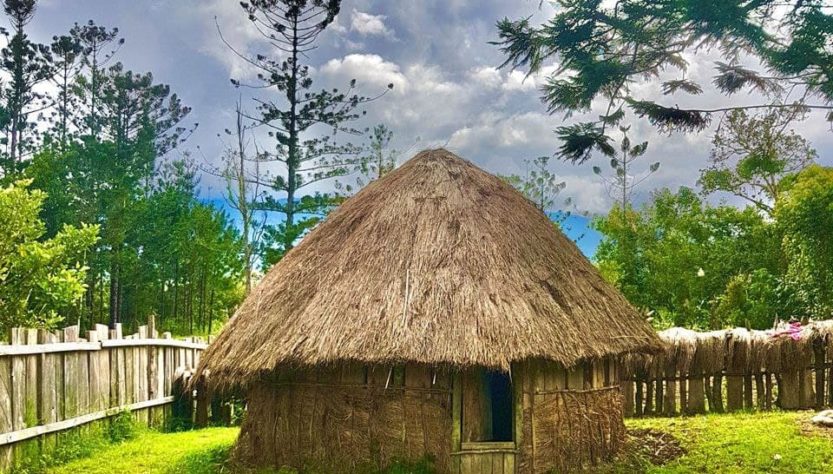In fact, almost all regions in Indonesia have their own unique culture, one of which is reflected in the traditional house. One of the most unique is the traditional Papuan house which is still very traditional.
However, this uniqueness makes it unique and increasingly in demand by domestic and foreign tourists to visit.
The most famous Papuan traditional house is the Honai. This is the traditional house of the Dani tribe who inhabit the Baliem Valley, Jayawijaya Regency, Papua. The existence of this Honai traditional house can be found in the valleys and mountains of the island of Papua, at an altitude of 1,600 to 1,700 meters above sea level.
The following are types of Papuan traditional houses that you may want to know:
- Honai House

One of the characteristics of the Papuan people is that adult men and women live separately. For adult men, they live in a house called Honai. Usually, you can find Honai in valleys or mountains.
At first glance, this traditional house of the Dani Tribe is similar to a mushroom because of its circular shape and conical roof. The roof of the Honai house is bigger than the walls and made of thatch. The roof of the Honai house is made to protect the walls from rainwater.
Honai house is small, only 5 square meters and consists of two separate rooms on two floors. The first floor is used for various activities and the second floor for sleeping. The average Honai house size is not too wide and tends to be narrow. This is intended to keep the house warm to withstand cold temperatures at night.
Honai houses are usually used to store preserved corpses or mummies, store games and weapons of war. Objects of ancestral heritage and traditional symbols are also stored here.
- Ebai’s house

While Honai’s house is for adult men, Ebai’s house is inhabited by adult women. Ebai comes from the word ebe which means body and ai which means woman. Ebai means a woman is a body to live before a person is born in the world.
Ebai’s house is smaller and shorter than Honai’s house. The Ebai house is located on the left or right side of the Honai house whose door is not parallel to the Honai house.
In Ebai’s house, women usually do various activities. Here too mothers will teach their children about various things before the child gets married later.
- Kariwari House

If the Honai house is a characteristic of the Dani tribe, then the Kariwari house is a typical house of the Tobati-Enggros tribe who inhabit the Lake Sentani area, Jayapura. The Kariwari house is where a 12 year old boy lives. In this house, the boy learns about life and earns a living. They were taught to sculpt, hunt, build boats, and even fight.
Kariwari has a height of up to 20 meters and consists of three floors. The first floor is used for study, the second floor is used as a meeting place for tribal chiefs, while the third floor is used for rest, meditation or prayer.
The Kariwari house is rectangular in shape with a conical roof. This form is believed to be able to hold the house from wind gusts.
- Korowai House or Tree House

This is one of the traditional houses owned by the indigenous Papuan tribe, the Korowai Tribe. As the name suggests, this house is located on a tree branch with a height of about 15 to 50 meters. Surely this house will protect its inhabitants from wild animals.
The Korowai tribe deliberately built this tree house with the aim of avoiding wild animals and evil spirits called “laleo”. In the culture of the Korowai Tribe, Laleo is believed to be an evil creature or cruel demon who walks like the undead and they roam at night.
In addition, the Korowai people believe that the higher the house they build, the more protected they will be from evil spirits that roam at night.
- House of Rumsram

Next, the Rumsram house which is the traditional house of the Biak Numfor Tribe. Rumsram’s house has only one room without a partition and has two doors and windows. The shape of the Rumsram house is like a stilt house whose bottom is open without a partition.
Rumsram’s house is inhabited by a boy from the Biak Numfor Tribe who is 12 years old. In this house they will learn about life and earn a living. Sculpting, building boats, and fighting were all skills taught to boys.

